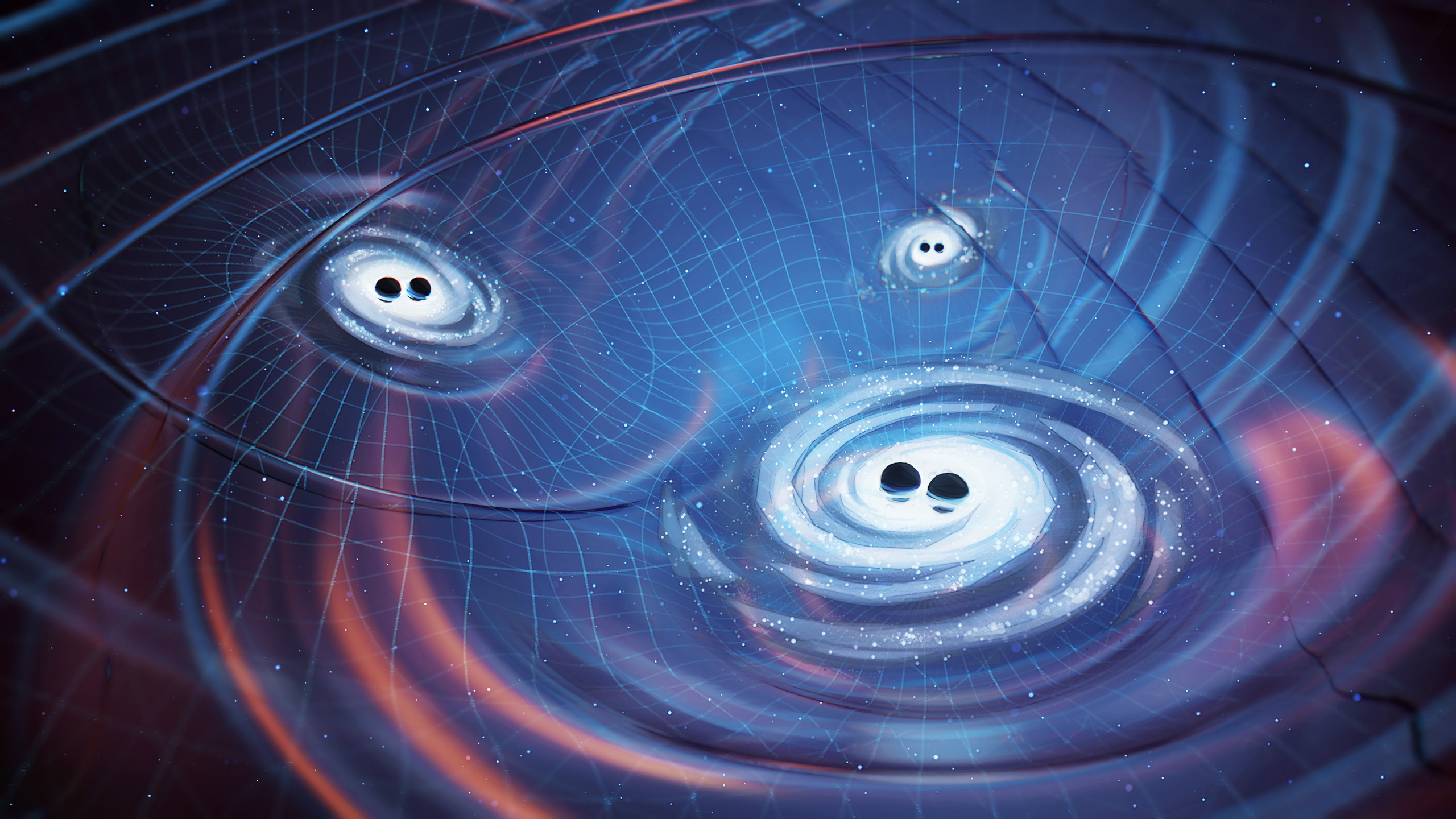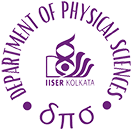
Radio telescopes detected the gravitational waves hum by studying pulsars
On June 29, an international group of scientists recorded the hum of the gravitational waves of the universe using six of the world’s most sensitive radio telescopes, including India’s Giant Metrewave Radio Telescope (GMRT), located near Narayangaon, Pune.
Gravitational waves were proposed by Albert Einstein in 1916 but were first detected by Laser Interferometer Gravitational-Wave Observatory (LIGO) in 2015.
Radio telescopes detected the gravitational hum by studying pulsars, a type of rapidly rotating neutron stars, which form when a massive star runs out of fuel and collapses. A pulsar acts as a cosmic lighthouse, which emits radio beams that hit Earth.
Gravitational waves are thought to change the arrival times of these radio flashes, allowing researchers to document the hum.
Fazal Kareem a Final year BS-MS Student at IISER Kolkata was involved in the discovery of the stochastic background gravitational waves, the humming of the universe, along with 40+ other researchers of the Indian Pulsar Timing Array Collaboration. The team reported significant evidence for the presence of GWB in their pulsar timing dataset. Fazal was involved with the observation of pulsars (the most important part of the experiment), data analysis, noise analysis and combination of the European Pulsar Timing Array data with InPTA data.
Figure: Artist's rendering of black hole binaries emitting gravitational waves. As the waves overlap, they produce a background of gravitational waves that creates a distinctive correlation pattern in the timing of pulses coming from pairs of pulsars.
#Research Highlight
Posted on: July 10th, 2023

